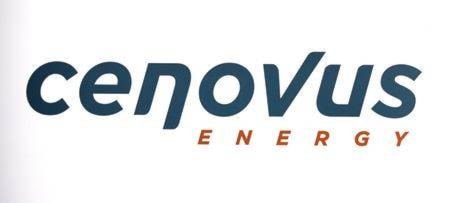CALGARY — The Alberta government’s move to cut corporate taxes from 12 to eight per cent has added more than $2 billion to second-quarter net incomes of major oilsands producers Suncor Energy Inc., Husky Energy Inc. and Cenovus Energy Inc.
In quarterly reports Thursday morning, the Calgary-based oil companies accounted for the tax cuts approved a month ago as one-time deferred income tax recoveries, although implementation is to be staged over the next four years.
That resulted in income additions by Suncor of $1.12 billion, Cenovus of $658 million and Husky of $233 million. Meanwhile, Vancouver-based Teck Resources Ltd., which holds a 21.3 per cent interest in the Fort Hills oilsands mine operated by Suncor and other Alberta assets, noted a $39 million benefit in its quarterly report.
“Tax policy is obviously a very important part of competitiveness,” said Cenovus CEO Alex Pourbaix on a conference call.
“I think it is clear that companies like Cenovus are going to be considering the tax regime in (the jurisdictions in) which they make investments, so I think it is positive for industry and will be helpful for the long-term health of the industry.”
Oilsands companies have yet to get an answer after asking the province earlier this year to consider easing its oil curtailment program levels for producers who add crude-by-rail capacity, said Suncor CEO Mark Little on a conference call.
Although his company doesn’t traditionally move much crude oil by rail, it would likely add capacity if it can get relief from provincial quotas, he said.
“In the system I just mentioned, incremental production for incremental rail, we would be incented to go and figure out rail because, if we can bring incremental rail, we’d be able to move more oil to market,” he said.
Cenovus rail shipments rose to 36,000 barrels per day in June, up from an average of 16,000 bpd in the first quarter, putting the company on track to reach 100,000 bpd by year-end, said Pourbaix.
He said the proposal mentioned by Little is a “win-win-win situation” for the province, the producers and Alberta taxpayers.
“You’re going to get royalties on barrels that otherwise would not be produced,” he said. “And it gives a clear egress option above curtailment but, above that, it’s a really strong incentive to the upstream community to get those barrels on rail.”
The province implemented its program to restrict oil output after discounts on western Canadian crude soared last fall, a situation blamed on pipeline capacity failing to keep up with growing production levels from the oilsands.
In an analysis earlier this week based on reports from Canada’s two major railroads, Eight Capital analyst Phil Skolnick estimated crude-by-rail exports from Canada are currently about 360,000 bpd, which would be higher than the record of 354,000 bpd set last December.
The National Energy Board said in its monthly report this week shipments grew by 23 per cent from April to reach 285,000 barrels per day in May.
